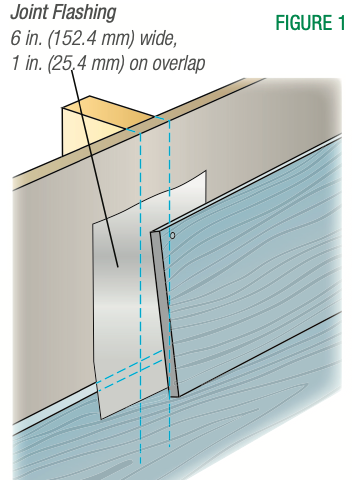At Old Home Rescue, we do wood siding differently. We do this by incorporating today’s products, research and technology but in a way that maintains the character of an old home. This can most easily be demonstrated by taking James Hardie siding rules and applying them to a few quirks of old homes.
James Hardie is a phenomenal product, but sometimes it does meet the requirement of the neighborhood or the goal of the homeowner; however, what they do have is an industry leading team putting together specs for best practices. Because of this we have incorporated their specs as our basic best practices in the installation of wood siding, and we communicate how and why changes need to be made to meet the specs of our wood siding and trim projects.
Here are some of the things we require to be done differently;
All wood products are pre-primed on all sides
Each cut is primed before installation
Siding reveal matches existing AND follows rules for how siding coincides with windows
Butt Joints in Siding
Installed with moderate contact
No caulking used
Flashed with metal, 30# felt paper or other approved flashing
Best Practice: Miter butt joints so that when the wood shrinks, flashing does not show
Siding to Trim Joint
1/8” gap left for expansion
Sealed with OSI Quad Max or equivalent following manufacturer’s instructions
Nailing
Stainless nails are to be used
Beveled Siding
Siding nails just above lower siding course
Novelty Siding
Novelty siding often acts as the sheathing as well
Two siding nails should be driven into the face of the siding
Flashing: Windows, Doors, Watertables, & Other Penetrations
Most often the choice is to match existing; however, it will be decided in advance to use one of the following options
Wood drip cap
Modern flashing methods using James Hardie Best Practices
Siding & Trim Clearances
Applying James Hardie specs to wood will protect the wood from rot and allow it to shed water appropriately.
Roof to Wall
Preferred 2”. Minimum 1”
This is most commonly an issues at the Roof to Wall where layers of roofing have been added over time to raise the level of the roof to touch the siding.
Siding Corners
Most often the choice is to match existing; however, it will be decided in advance to use one of the following options;
Corner Caps
Siding terminating into Corner Boards (caulked)
Corner Boards on top of siding (not caulked)
Mitered corners
Lastly, if installing siding there are few key things not to miss;
If there is damage, communicate damage to your OHR Project Manager so that it can be repaired
If it is visible that there is no sheathing or insulation, this is the best time for a home to be insulated then a vapor barrier installed before the siding is installed.
Here are other helpful links to siding an old home and sources for our specs;







